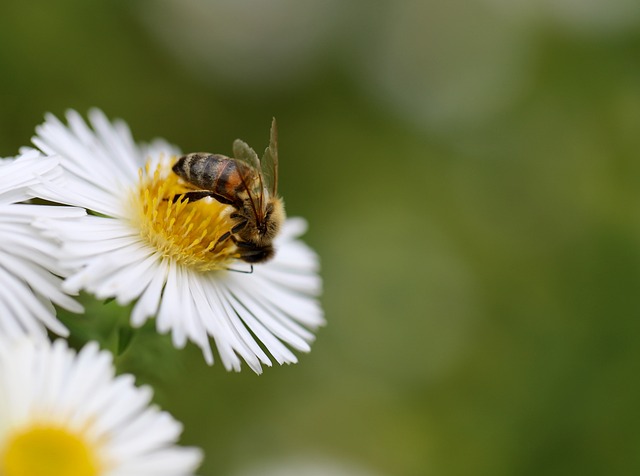It occurs somewhere between warrior pose and downward dog. As I thrust my hips forward and press my palms into the mat, a loud, unmistakable sound erupts—like the air escaping from a balloon or my young son making a silly noise.
For a fleeting moment, confusion washes over me. But then the noise persists. While the rest of the class flows through their sun salutations, I find myself paralyzed. I clench, I squeeze my legs together, but the sound continues to escape me.
Here I am, in my first yoga class since the birth of my daughter, queefing in the midst of serene silence. My fellow yogis feign ignorance, but I know they’ve heard it. For what feels like an eternity, it echoes through our practice.
Initially, I’m more stunned than embarrassed. I’m fairly certain my body has never produced such a sound before. But soon, embarrassment creeps in as the noise reoccurs during plank pose. I consider bolting, laughing, or crying—all at once. I think about never stepping foot in a yoga studio again, perhaps even quitting the gym altogether or relocating to a different state.
Throughout the remainder of the session, I tense every muscle in my body, avoiding eye contact. When class finally comes to an end, I make my escape.
The term “queef” might suggest something lighthearted, but in reality, it refers to the forceful release of trapped air from the vagina—far from whimsical, especially when it occurs publicly and elicits horrified reactions from those nearby. This phenomenon is more formally known as vaginal flatulence.
While it can affect anyone, it’s particularly common among women post-childbirth due to weakened pelvic floor muscles. It’s a natural occurrence, perfectly healthy, yet like many other postpartum realities, it’s often both embarrassing and shrouded in secrecy. If you’ve never experienced pregnancy, allow me to take you on a journey through the indignity express with five other mortifying yet common postpartum issues that are rarely discussed:
- Hemorrhoids: After giving birth, many women find themselves grappling with hemorrhoids. They’re painful and can linger long after delivery, sometimes for years. Walking down the hemorrhoid care aisle in your local pharmacy marks a significant life transition—one that offers little hope of retreat.
- Hair Loss: As if pregnancy and childbirth don’t already wreak havoc on a woman’s body, they also target her hair. For those with fine hair, it can result in significant thinning by six months postpartum. By two years, a not-so-flattering mullet may emerge as hair begins to regrow. If you plan on having more children, you might even consider shaving your head.
- Tearing: It’s no surprise that attempting to deliver an eight-pound baby through a ten-centimeter opening can lead to tearing. Many women experience this, with some facing severe tears that can extend to the rectum. There are parts of the body that should remain untouched by stitches, and the perineum is one of them. Recovery can be a lengthy process before things feel even remotely normal again.
- Incontinence: This one is pretty straightforward and just as thrilling as it sounds. After having a baby, many women find themselves leaking urine with every sneeze, cough, laugh, or unexpected movement. If you’ve become acquainted with the hemorrhoid aisle, your next stop may be the adult diaper section.
- Milk Leakage: Breastfeeding is often celebrated as a beautiful and natural experience. However, it can also turn your breasts into unpredictable carnival attractions, inflating to impressive sizes and leaking at the most inopportune moments—like during a public outing, creating awkward situations.
These experiences are common among many women following childbirth, and I would wager that they affect most at some point. Yet, we often remain silent about them due to embarrassment, discomfort, and the weirdness of it all. Our bodies, once familiar and dependable, can suddenly feel alien and uncontrollable, leaving many women grappling with diminished self-esteem.
After my yoga incident, my immediate reaction was to retreat into a deep pit of shame and keep it to myself. I’m a healthcare professional; I manage bodily functions daily without flinching, yet I couldn’t bring myself to share this experience with even my closest friends, let alone my partner.
However, we must create a dialogue. It’s crucial to recognize that these occurrences are not isolated; they happen to others too. While we might still feel a wave of shame after an incident like queefing in yoga class, at least we can find solace in knowing that other women are sharing the same experience—perhaps with a glass of wine and a knowing smile.
A lot happens to our bodies when we bring new life into the world. Some changes are empowering and uplifting, while others can feel strange and overwhelming. If you find yourself facing these uncomfortable realities, remember that you are not alone. And if you haven’t faced these issues, extend kindness to the mothers around you; they may be struggling silently with challenges you cannot see.
To explore more about postpartum experiences and resources, check out this insightful piece on pregnancy and home insemination or visit WebMD for further information on treatments and support. If you’re considering family planning, you can also learn about at-home insemination kits.
Summary
This article highlights the often-embarrassing realities of postpartum experiences, including queefing, hemorrhoids, hair loss, tearing, incontinence, and milk leakage. By discussing these issues, we aim to foster a supportive community where women can openly share their struggles and find comfort in knowing they are not alone in their experiences.
